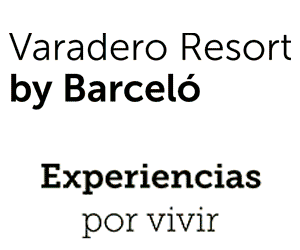The pancreas secretes the hormones insulin and glucagon. Together, they help maintain blood sugar levels. If the level of one hormone is higher or lower than the ideal range, a person’s blood sugar levels may rise or drop.
Insulin and glucagon work together in a balance and play a vital role in regulating a person’s blood sugar levels. Glucagon breaks down glycogen to glucose in the liver. Insulin enables blood glucose to enter cells, where they use it to produce energy.
Together, insulin and glucagon help maintain homeostasis, where conditions inside the body hold steady. When a person’s blood sugar is too high, their pancreas secretes more insulin. When their blood sugar levels drop, their pancreas releases glucagon to raise them.
This balance helps provide sufficient energy to the cells while preventing damage that can result from consistently high blood sugar levels.
If a person’s body cannot maintain this balance, diabetes and other conditions can result. Prescription insulin and glucagon can helpTrusted Source keep a person’s blood sugar levels within safe limits.
In this article, we explain the functions and processes of insulin and glucagon, how they work as medications, and their effects on a person’s blood sugar levels.
Insulin, glucagon, and blood sugar
When a person consumes carbohydrates through foods, their body converts them into glucose, a simple sugar that serves as a vital energy source.
However, the body does not use all of this glucose at once. Instead, it converts some into storage molecules called glycogen and stores them in the liver and muscles.
When the body needs energy, glucagon in the liver converts glycogen back into glucose. From the liver, it enters the bloodstream. There, insulin enables it to enter cells and provide energy for all of the body’s functions
In the pancreas, different types of islet cells release insulin and glucagon. Beta cells release insulin while alpha cells release glucagon.
How insulin works
The body’s cells need glucose for energy, and insulin enables glucose to enter the cells.
Insulin attachesTrusted Source to insulin receptors on cells throughout the body, instructing them to open and grant entry to glucose.
Low levels of insulin constantly circulate throughout the body. A spike in insulin signals the liver that a person’s blood glucose level is also high, causing the liver to absorb glucose and change it into glycogen.
When blood sugar levels drop, glucagon instructs the liver to convert the glycogen back to glucose, causing a person’s blood sugar levels to return to normal.
How glucagon works
The liver stores glucose to power cells during periods of low blood sugar. Skipping meals and getting inadequate nutrition can lower a person’s blood sugar levels. By storing glucose, the liver ensures the body’s blood glucose levels remain steady between meals and during sleep.
When a person’s blood glucose levels fall, pancreatic cells secrete glucagon, stimulating two processes: gluconeogenesis and glycogenolysis. The liver providesTrusted Source or stimulates the production of glucose using these processes.
In glycogenolysis, glucagon instructs the liver to convert glycogen to glucose, making glucose more available in the bloodstream.
In gluconeogenesis, the liver produces glucose from the byproducts of other processes. Gluconeogenesis also occurs in the kidneys and some other organs.
When the body’s glucose levels rise, insulin enables the glucose to move into cells.
Insulin and glucagon work in a cycle. Glucagon interacts with the liver to increase blood sugar, while insulin reduces blood sugar by helping the cells use glucose.
Blood sugar levels
A person’s blood sugar levels vary throughout the day, but insulin and glucagon keep them within a healthy range overall.
When the body does not absorb or convert enough glucose, blood sugar levels remain high. Insulin reduces the body’s blood sugar levels and provides cells with glucose for energy by helping cells absorb glucose.
When blood sugar levels are too low, the pancreas releases glucagon. Glucagon instructs the liver to release stored glucose, which causes the body’s blood sugar levels to rise.
Hyperglycemia refers to high blood sugar levels. Persistently high levels can cause long-term damage throughout the body.
Hypoglycemia means blood sugar levels are low. Its symptoms include faintness and dizziness, and it can be life threatening.
Source: Medical News Today.



































